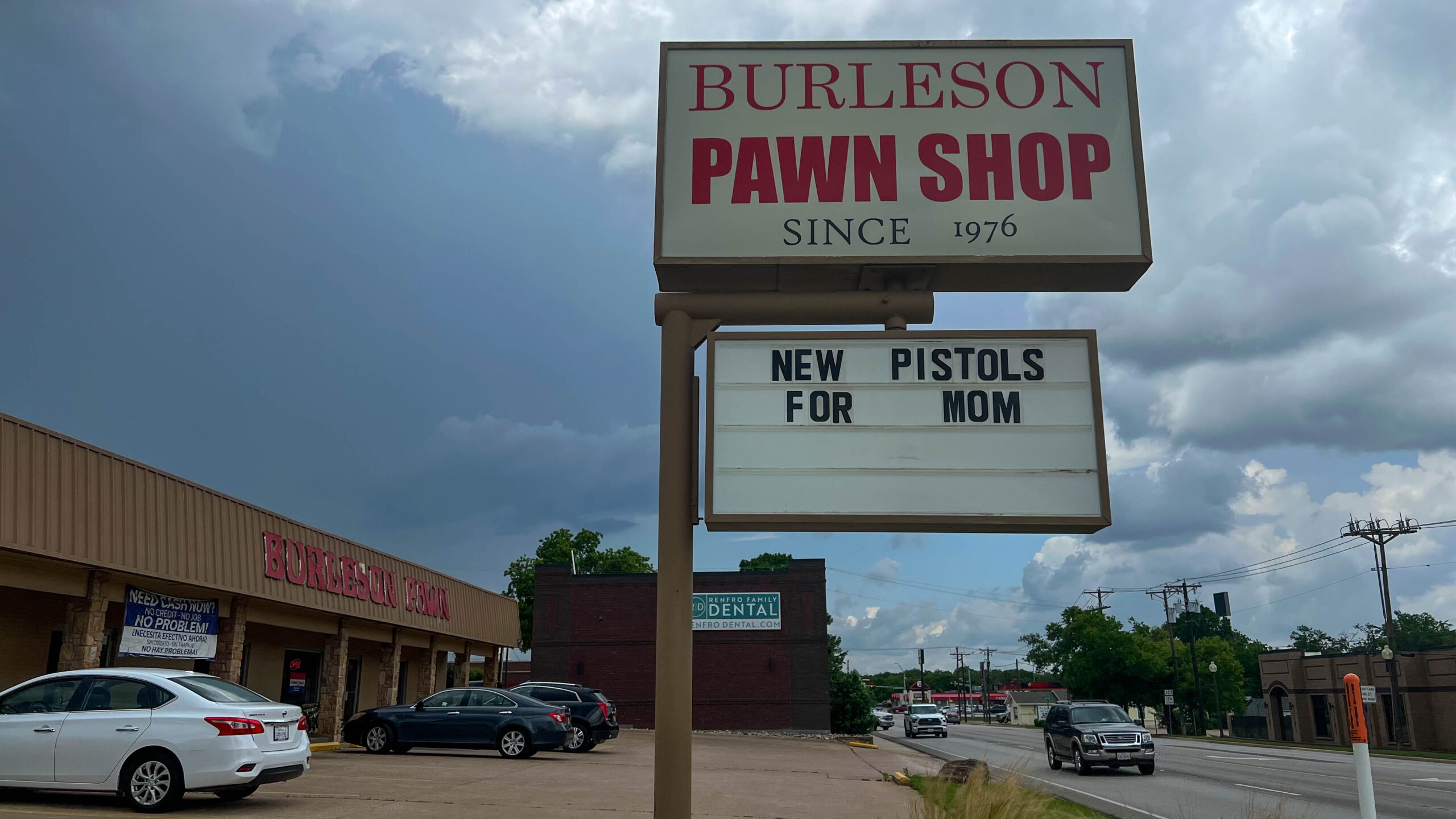The Second Amendment provides: “A well regulated Militia, being necessary to the security of a free State, the right of the people to keep and bear Arms, shall not be infringed.” We explained in
Heller and
McDonald that the Second Amendment “guarantee[s] the individual right to possess and carry weapons in case of confrontation.”
Heller, supra, at 592, 128 S.Ct. 2783; see also
McDonald, supra, at 767-769, 130 S.Ct. 3020. We excluded from protection only “those weapons not typically possessed by law-abiding citizens for lawful purposes.”
Heller, 554 U.S., at 625, 128 S.Ct. 2783. And we stressed that “[t]he very enumeration of the right takes out of the hands of government—even the Third Branch of Government—the power to decide on a case-by-case basis whether the right is really worth insisting upon.”
Id., at 634, 128 S.Ct. 2783 (emphasis deleted).
Instead of adhering to our reasoning in Heller, the Seventh Circuit limited Heller to its facts, and read Heller to forbid only total bans on handguns used for self-defense in the home. See 784 F.3d, at 407, 412. All other questions about the Second Amendment, the Seventh Circuit concluded, should be defined by “the political process and scholarly debate.” Id., at 412. But Heller repudiates that approach. We explained in Heller that “since th[e] case represent[ed] this Court’s first in-depth examination of the Second Amendment, one should not expect it to clarify the entire field.” 554 U.S., at 635, 128 S.Ct. 2783. We cautioned courts against leaving the rest of the field to the legislative process: “Constitutional rights are enshrined with the scope they were understood to have when the people adopted them, whether or not future legislatures or (yes) even future judges think that scope too broad.” Id., at 634-635, 128 S.Ct. 2783.
Based on its crabbed reading of Heller, the Seventh Circuit felt free to adopt a test for assessing firearm bans that eviscerates many of the protections recognized in Heller and McDonald. The court asked in the first instance whether the banned firearms “were common at the time of ratification” in 1791. 784 F.3d, at 410. But we said in Heller that “the Second Amendment extends, prima facie, to all instruments that constitute bearable arms, even those that were not in existence at the time of the founding.” 554 U.S., at 582, 128 S.Ct. 2783.
The Seventh Circuit alternatively asked whether the banned firearms relate “to the preservation or efficiency of a well regulated militia.” 784 F.3d, at 410 (internal quotation marks omitted). The court concluded that state and local ordinances never run afoul of that objective, since “states, which are in charge of militias, should be allowed to decide when civilians can possess military-grade firearms.” Ibid. But that ignores Heller’s fundamental premise: The right to keep and bear arms is an independent, individual right. Its scope is defined not by what the militia needs, but by what private citizens commonly possess. 554 U.S., at 592, 627-629, 128 S.Ct. 2783. Moreover, the Seventh Circuit endorsed the view of the militia that Heller rejected. We explained that “Congress retains plenary authority to organize the militia,” not States. Id., at 600, 128 S.Ct. 2783 (emphasis added). Because the Second Amendment confers rights upon individual citizens—not state governments—it was doubly wrong for the Seventh Circuit to delegate to States and localities the power to decide which firearms people may possess.
Lastly, the Seventh Circuit considered “whether law-abiding citizens retain adequate means of self-defense,” and reasoned that the City’s ban was permissible because “[i]f criminals can find substitutes for banned assault weapons, then so can law-abiding homeowners.” 784 F.3d, at 410, 411. Although the court recognized that “Heller held that the availability of long guns does not save a ban on handgun ownership,” it thought that “Heller did not foreclose the possibility that allowing the use of most long guns plus pistols and revolvers … gives householders adequate means of defense.” Id., at 411.
That analysis misreads Heller. The question under Heller is not whether citizens have adequate alternatives available for self-defense. Rather, Heller asks whether the law bans types of firearms commonly used for a lawful purpose—regardless of whether alternatives exist. 554 U.S., at 627-629, 128 S.Ct. 2783. And Heller draws a distinction between such firearms and weapons specially adapted to unlawful uses and not in common use, such as sawed-off shotguns. Id., at 624-625, 128 S.Ct. 2783. The City’s ban is thus highly suspect because it broadly prohibits common semiautomatic firearms used for lawful purposes. Roughly five million Americans own AR-style semiautomatic rifles. See 784 F.3d, at 415, n. 3. The overwhelming majority of citizens who own and use such rifles do so for lawful purposes, including self-defense and target shooting. See ibid. Under our precedents, that is all that is needed for citizens to have a right under the Second Amendment to keep such weapons. See McDonald, 561 U.S., at 767-768, 130 S.Ct. 3020; Heller, supra, at 628-629, 128 S.Ct. 2783.
The Seventh Circuit ultimately upheld a ban on many common semiautomatic firearms based on speculation about the law’s potential policy benefits. See 784 F.3d, at 411-412. The court conceded that handguns—not “assault weapons”—”are responsible for the vast majority of gun violence in the United States.” Id., at 409. Still, the court concluded, the ordinance “may increase the public’s sense of safety,” which alone is “a substantial benefit.” Id., at 412. Heller, however, forbids subjecting the Second Amendment’s “core protection … to a freestanding `interest-balancing’ approach.” Heller, supra, at 634, 128 S.Ct. 2783. This case illustrates why. If a broad ban on firearms can be upheld based on conjecture that the public might feel safer (while being no safer at all), then the Second Amendment guarantees nothing.
— Friedman v. City of Highland Park, Ill., 136 S. Ct. 447 (Supreme Court 2015)
Thank you Clarance Thomas.


